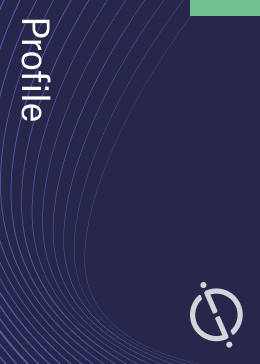Seamade is a 487.2MW offshore wind power project. The project is located in North Sea, Belgium. According to GlobalData, who tracks and profiles over 170,000 power plants worldwide, the project is currently active. It has been developed in multiple phases. The project construction commenced in 2019 and subsequently entered into commercial operation in December 2020. Buy the profile here.
Description
The project was developed by Seamade. EDP Renovaveis, Electrabel, Eneco Wind Belgium and Otary plc RS are currently owning the project.
The wind turbines in the Seastar are installed on fixed foundations. An array of monopile foundations feature in the phase.
The wind turbines in the THV Mermaid are installed on fixed foundations. An array of monopile foundations feature in the phase.
The project generates 1,800,000MWh electricity and supplies enough clean energy to power 485,000 households, offsetting 700,000t of carbon dioxide emissions (CO2) a year.
Development status
The project is currently active. The project construction commenced in 2019 and subsequently entered into commercial operation in December 2020.
Power purchase agreement
The power generated from the project is sold to Eneco Holding under a power purchase agreement with a contracted capacity is 487.2MW.
Contractors involved
Siemens Gamesa Renewable Energy was selected to render engineering procurement construction services for the wind power project.
Siemens Gamesa Renewable Energy was selected as the turbine supplier for the wind power project. The project consists of 58 units of SG 8.0-167 DD turbines, each with 8.4MW nameplate capacity.
Siemens Gamesa Renewable Energy is the O&M contractor for the wind power project. The operation and maintenance contract commenced from 2020, for a period of 17 years.
Windar Renovables has supplied towers for the wind power project.
For more details on Seamade, buy the profile here.
Data Insights
From

The gold standard of business intelligence.
Blending expert knowledge with cutting-edge technology, GlobalData’s unrivalled proprietary data will enable you to decode what’s happening in your market. You can make better informed decisions and gain a future-proof advantage over your competitors.



